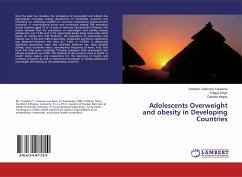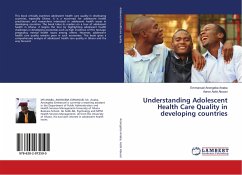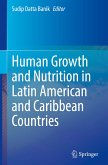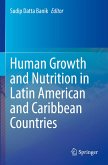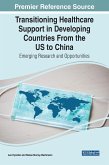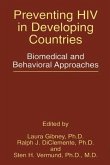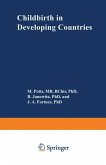Over the past few decades, the prevalence of overweight and obesity has significantly increased among adolescents of developed countries and becoming an emerging problem in countries undergoing socioeconomic transition. A cross-sectional study was conducted among 599 secondary school students aged 10 to 19 years in Hawassa City Southern Ethiopia. The results showed that the prevalence of overweight and obesity among adolescents was 12.9% and 2.7% respectively based body mass index while based on triceps skin fold thickness, the prevalence of overweight and obesity was 11.0% and 3.8% respectively. Statistically significant agreement was observed between the tools (k= 0.841; p 0.001). A statistically significant association were also observed between sex, total physical activity, socio economic index, consumption frequency of meat, fruit, fast food and time spent watching TV/using computer with overweight and obesity prevalence (p0.05). The findings of the present work is useful tohealth policy makers and researchers for the planning of health and nutrition programs as well as intervention strategies to combat adolescent overweight and obesity in the developing countries.
Bitte wählen Sie Ihr Anliegen aus.
Rechnungen
Retourenschein anfordern
Bestellstatus
Storno

